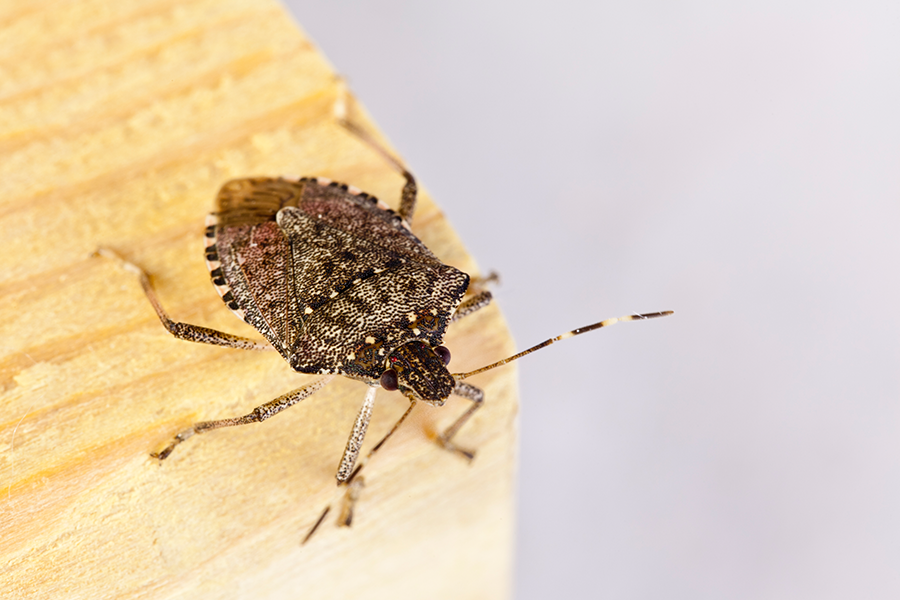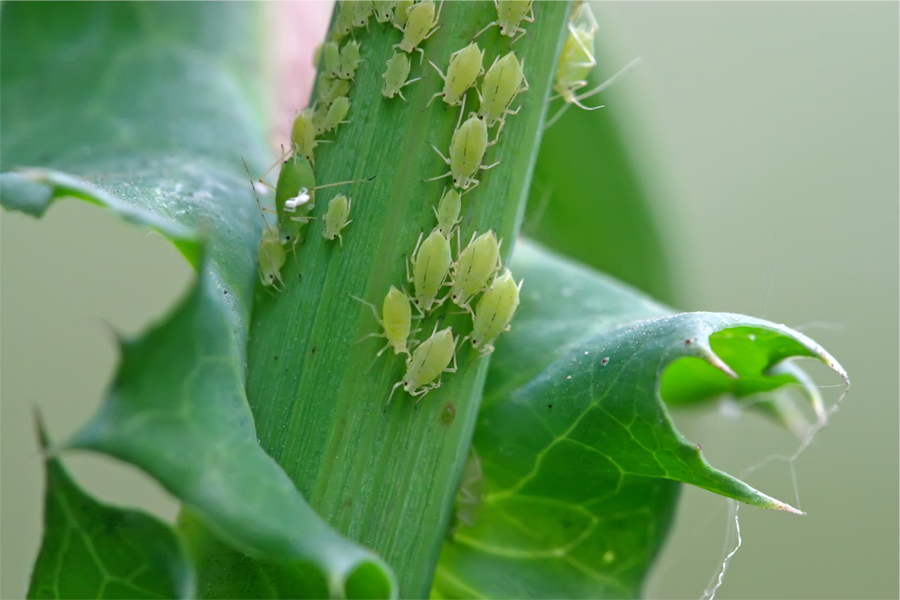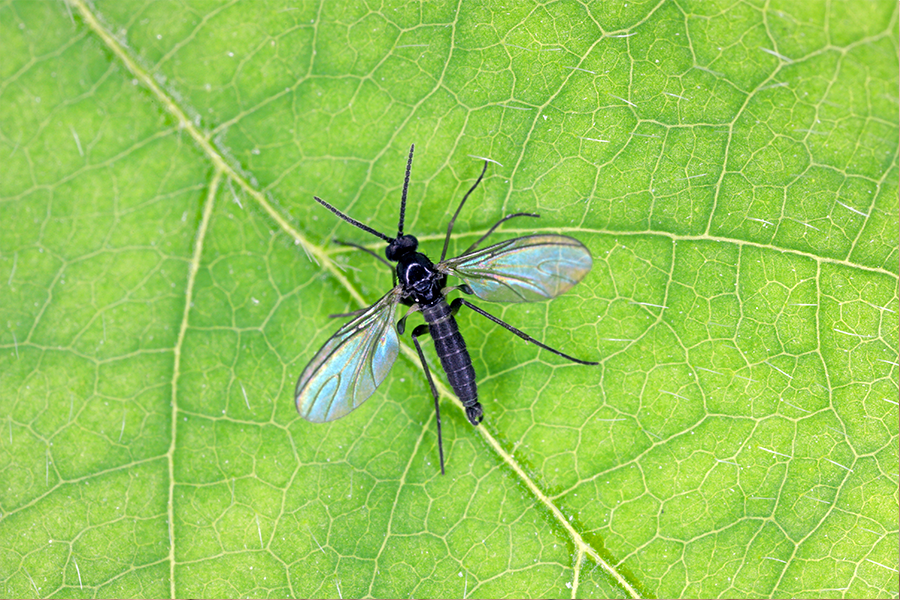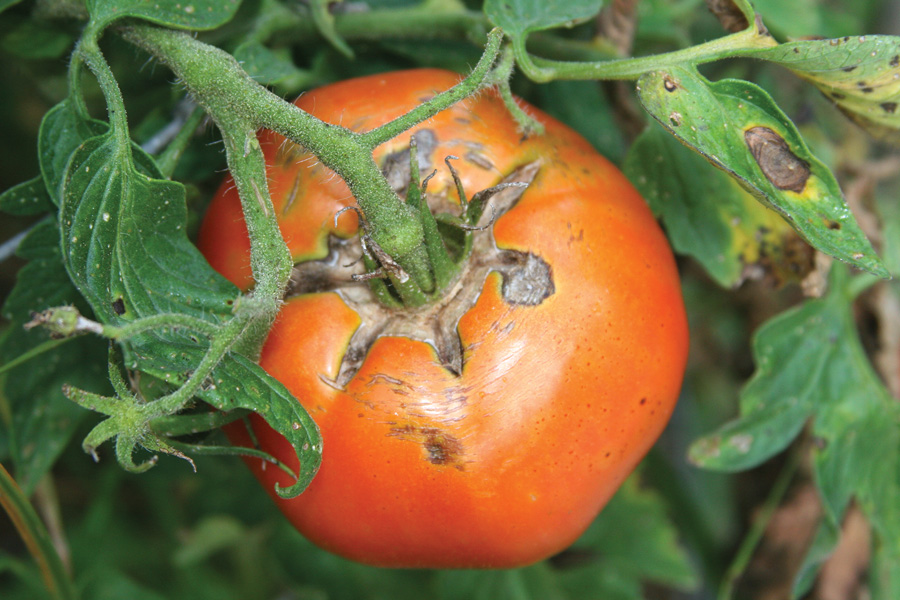Plant Pests and Diseases
-

The brown marmorated stink bug is a landscape and agricultural pest in the United States. They seek dark and dry sites—such as a vehicle parked near trees—in the fall in which to overwinter. This pest is reported to feed on more than 170 plant species, including fruits, vegetables, and ornamental plants. This stink bug also is a nuisance pest as they aggregate and overwinter in man-made structures beginning in late fall.
William G. Hudson, Shimat V. Joseph, and Fawad Khan
|
-

Blister beetles sometimes infest forage crops such as alfalfa, where they may become incorporated in hay. This publication discusses biology, cause of illness and management of blister beetles.
G. David Buntin, Dennis Hancock, and Lisa Baxter
|
-

An introduction to and information on the biology, damage, and management of aphids in the ornamental landscape.
William G. Hudson and Shimat V. Joseph
|
-

The purpose of this guide is to help users identify insects, spiders and mites that are beneficial to the garden. Such beneficials help manage pests that can damage plants. Tips to conserve and protect beneficials are also included.
S. Kris Braman
|
-

Nothing is more welcoming in the home, office, waiting room, or conference room than lush greenery. The benefits of plants in the home and workplace are well-documented. They remove pollutants, help workers relax and refocus, increase productivity, and make the room look better. Unfortunately, plants often come with the nuisance pest fungus gnats. Learn how to what they are, how they live, and how to control them.
James Morgan and Dan Suiter
|
-

This publication is designed for small market growers, homeowners, and Master Gardeners in order to be a quick reference guide for diagnosing common problems in vegetables.
S. Kris Braman, Bob Westerfield, and Elizabeth L. Little
|
-

This quick reference guide provides an overview of common pests and predator groups and their sizes, habitat preferences, and timing in cotton fields. This visual guide is intended to help facilitate future scouting and provide information on common predatory arthropods in Georgia cotton systems. When growing cotton, scouting for key pests and beneficials is critical to making informed and cost effective management decisions.
Phillip Marion Roberts, Melissa Clarice Thompson, Jason Schmidt, and Michael D Toews
|
-

Trap crops are sacrificial plants that can draw damaging insects away from valuable crops. Small-market growers, as well as homeowners, are experiencing greater pressure to produce quality vegetables due to increasing insect activity. There is also concern among both growers and the public about environmental sensitivity. This publication introduces the effective and environmentally friendly use of trap crops as an alternative to controlling damaging insects in the vegetable garden.
S. Kris Braman and Bob Westerfield
|
-

Powdery mildew, caused by Blumeria graminis f. sp. tritici (syn. Erysiphe graminis) is an obligate, host specific fungus that attacks wheat exclusively. The pathogen reduces photosynthesis and increases respiration and transpiration rates in host leaves. Colonized plants lose vigor, impairing heading and grain filling. Heavily colonized leaves can be killed prematurely. This circular provides information on symptoms and control of powdery mildew for wheat growers in Georgia.
James W. Buck, Jeremy Kichler, Alfredo Martinez, and John D. Youmans
|